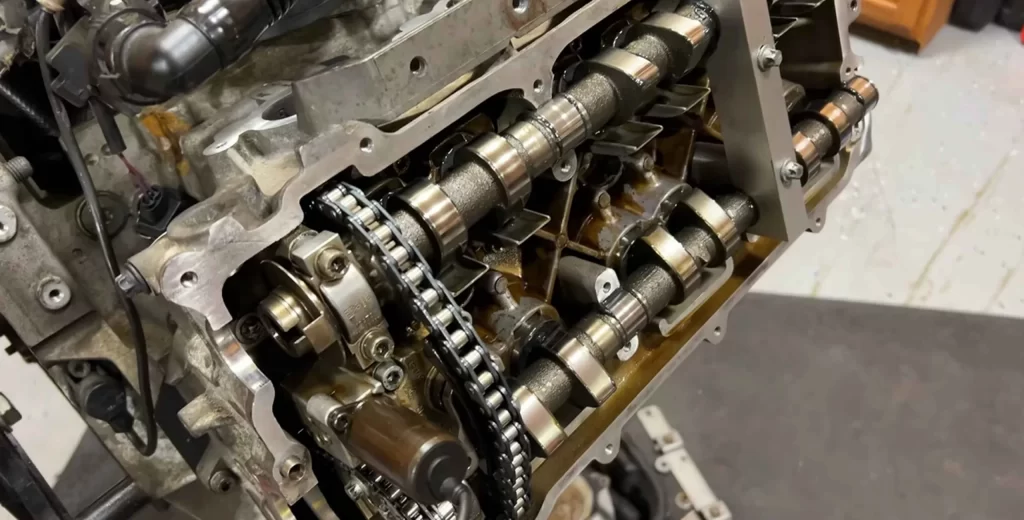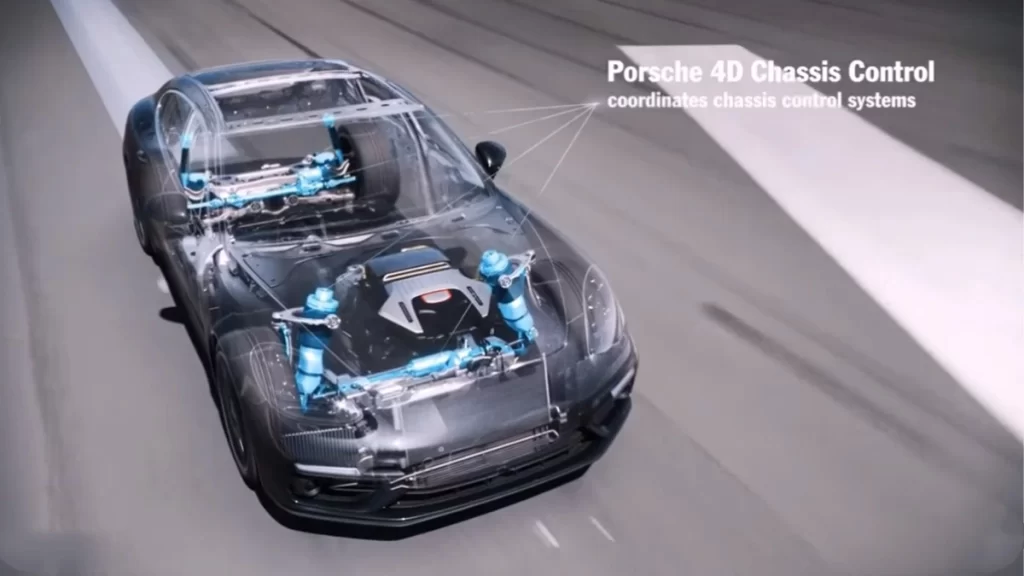1999 Porsche Boxster was one of the best arrivals of Porsche, which made the Porsche lovers go mad with its new technology, safety, and also visuals. But as every single vehicle does, the 1999 Porsche Boxster has also had some failures and problems, which were recorded continuously. This article discusses those 1999 Porsche Boxster problems that made the car owners suffer. This guide will help you a lot in understanding about the vehicle before purchasing a 1999 Boxster.
What made the 1999 Boxster a quite incredible model?
The Boxster was designed from scratch around a brand new horizontally opposed (boxer) engine. The 2.5-liter engine is situated mid-ship for optimal weight distribution—Porsche’s first six-cylinder engine with water-cooling and four-valve technology. The 201HP and 181 lb-ft of torque are sufficient for an open-air roadster.
The Boxster comes with a five-speed manual or Tiptronic. The Tiptronic gearbox has five forward speeds and manual mode gear selection levers on the steering wheel.
Beyond the technical advances, the Boxster has a few valuable features that purchasers will like. First, the Boxster has larger luggage space than its rivals, thanks to the front and rear trunks. The mid-engine architecture allows for this show/rear trunk configuration, which yields 9.1 cubic feet of cargo capacity.
What are the most recorded 1999 Porsche Boxster problems?
The Deadly Knocking Noise – 986 & 987.
Lift the automobile and listen while the engine runs. A repair shop may be required. The M96 and M97 flat-six engines in the Boxster generate a ticking sound. Your ear is close to the valve train and the exhaust headers. However, there is a distinct sound that you do not want to hear.
Porsche 911 996 engine timing check
When talk about the 1999 Porsche Boxster Problems, this matter we mostly recorded. Timing is crucial in both humor and motors! During engine rotation, valves open and close, pistons rise and fall in the cylinder, and a spark is needed.

Chains link the critical moving pieces, ensuring their interaction is independent of rotational speed. The rotation is in complete circle degrees. With the intake and exhaust valves closed, the piston should be at degree zero. TDC stands for the top dead center.
Over time, the timing chain, guide rails, and tensioners will all wear, causing a variation in the exact timing angles between camshafts and crankshafts. The engine management system may modify the timing of fuel supply and spark to compensate for wear changes. Extended wear may cause an angle beyond the allowable deviation range, triggering a failure condition.
Earlier, Boxsters had difficulties with stretched timing chains and worn timing guide rails. This generated a horrible rattling at starting and general acceleration issues. Most of these flaws were fixed in subsequent models, although these critical timing components will wear out over time.
All Fault Codes and Over-Revs.
Before purchasing a vehicle, find out when the engine management fault codes were cleared and how the emission monitors are doing. It’s easy for a seller to fix the issues just before your test drive.
Clearing engine problems also resets the emissions monitor to “not ready.” Emission monitor checks sometimes take many drives, and after a reset, errors may not reoccur for many miles. Again, a qualified shop or a DIYer utilizing a portable scanner can easily verify this.
How hard was it driven?
Taking the engine to the RPM red line is beneficial but going over it might cause harm. A gear change at redline causes a slight rise in rpm – nothing to worry about. If you choose the incorrect gear, the engine revs far too high. An engine explosion can be triggered by a big “miss-shift.”
Common Boxster issues – oil leaks
The Boxster engine has various typical oil leak points. Most are fixable and part of regular wear and tear. The engine’s rear main seal is a typical source of oil leaks. See our page on common issues. Oil leaks used to be considered as an annoyance and a fire threat. Many electronic engine management systems in current automobiles may be badly damaged by oil infiltration.
Oil leaks should not be a deterrent to buying but should be included in the purchasing price. An experienced mechanic can effectively assess and convey the cost of an oil leak repair.
Air-oil separator
The Air Oil Separator (AOS) extracts oil from crankcase gases, recycles it to the sump, and sends the gas along the combustion route to be cleansed by the catalytic converters. The AOS has harmed several Porsche engines.
The AOS membrane breaks, sucking oil into the air intake. The oil might collect on the O2 sensors and create emission issues. Of course, when it totally fails and oil is sucked into the intake, massive clouds of white smoke occur. Then it’s evident what to do. Replacing the aos sooner rather than later is prudent.
All Chassis Soft Top
Before purchasing a Boxster, inspect the roof. Spend some time verifying the roof’s functioning to ensure it goes up and down smoothly. The previous owner should have fixed many of the reported issues with the opening and shutting mechanism. It’s frustrating to find a problem when you’re ready to open the top on your first sunny day.
Throughout the Boxster’s existence, Porsche tweaked the top’s system. Some original elements of the mechanism cannot be serviced. They must be replaced with a new system. Check the car’s history for any top work.
All Chassis.
Corrosion on the Porsche Boxster is unusual. The bottom panels of vehicles in the Midwest might show signs of road chemical degradation. Most Porsche owners, however, keep their vehicles for the winter. The Boxster 986’s bodywork should be flawless, albeit the paint may have faded.

Increased rear tire wear 911.
The Boxster has excellent suspension. Plastic or rubber bushings that assist soften the ride may naturally wear down with time and usage. Look for squeaks or clunks over bumps and suspension strut leaks.
Uneven tire wear is a sign of worn suspension components and their noises. Keep an eye on the tire’s DOT date and smooth wear patterns. There should be no more than five years between this date and your purchase date.
All Chassis Transmission & Clutch.
The Boxster’s manual and automatic gearboxes are quite dependable. They should both shift effortlessly and without hesitancy. Troubleshooting the automatic transmission is simple.
A large time interval is required for fluid maintenance on both transmissions. Look for prior evidence of this or track the car’s transmission fluid changes. When an automatic gearbox fails, it typically means an expensive replacement.
FAQs related to 1999 Porsche Boxster Problems.
Is a 1999 Boxster a good car?
With proper tire modifications, the Boxster is an excellent daily driver, although ice may be a problem. Because the airbag may be deactivated, this vehicle is ideal for children in the passenger seat. Consumer Reports rates the year 1999 as one of the most reliable in recent memory for engines.
Is Porsche Boxsters going up in value?
It’s a fantastic first Porsche, and its value is only going to rise in the years to come. It’s easy to maintain and a blast to own and operate. Don’t be deceived by certain Porsche aficionados who underestimate the significance of the 986.
We hope you’ve got the answer that you’ve needed for the question, “1999 Porsche Boxster Problems” reading our explanation. If you have more questions just leave a comment below, and we are really straightforward to help you further. And if you need to review about 2022 Range Rover just check below page. Thank you.
